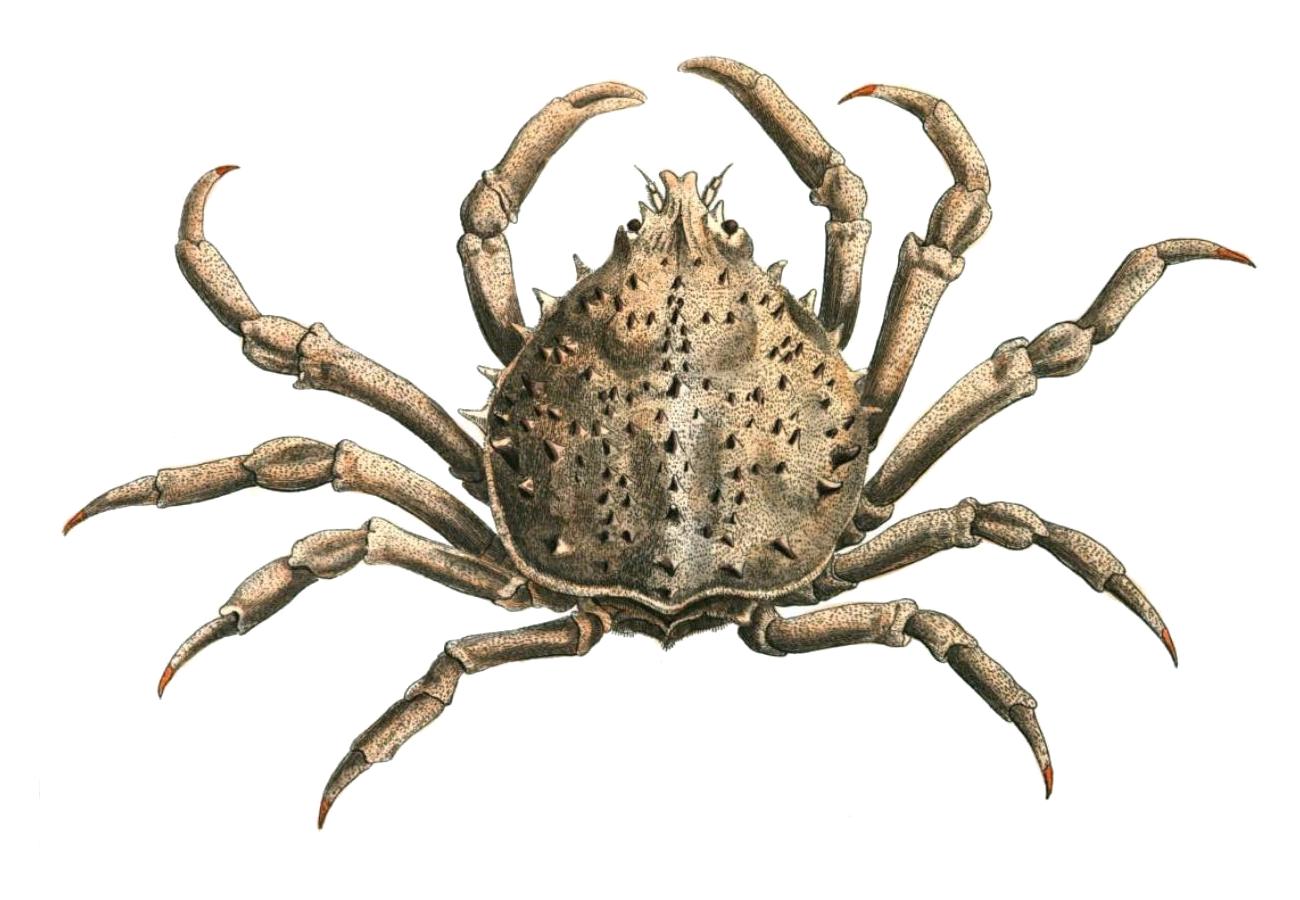|
Pilumnus (crab)
''Pilumnus'' is a genus of crab Crabs are decapod crustaceans of the infraorder Brachyura (meaning "short tailed" in Greek language, Greek), which typically have a very short projecting tail-like abdomen#Arthropoda, abdomen, usually hidden entirely under the Thorax (arthropo ...s, containing the following species: References Pilumnoidea Decapod genera {{Pilumnoidea-stub ... [...More Info...] [...Related Items...] OR: [Wikipedia] [Google] [Baidu] |
Pilumnus Hirtellus
''Pilumnus hirtellus'', the bristly crab or hairy crab, is a species of European crab. It is less than long and covered in hair. It lives in shallow water and feeds on carrion. Description ''Pilumnus hirtellus'' is a small crab, with a carapace up to wide and long. The carapace and legs are reddish brown or purple, with the inner surfaces of the legs orange or paler. Both the carapace and the walking legs have a dense covering of setae. The first pair of legs bear large chelae (claws), of which one, usually the right claw, is larger than the other, and the fingers of both claws are brown. The claws are smaller and less hairy in females. Young crabs are less than in size, and are chalky white all over. The front edge of the carapace has five teeth on either side, with the first two being smaller than the others. Distribution ''Pilumnus hirtellus'' is found from the North Sea to Morocco, the Azores, Madeira, the Canary Islands and the Cape Verde Islands, as well as in the Medit ... [...More Info...] [...Related Items...] OR: [Wikipedia] [Google] [Baidu] |
William Elford Leach
William Elford Leach (2 February 1791 – 25 August 1836) was an English zoologist and marine biologist. Life and work Elford Leach was born at Hoe Gate, Plymouth, the son of an attorney. At the age of twelve he began a medical apprenticeship at the Royal Devon and Exeter Hospital, Devonshire and Exeter Hospital, studying anatomy and chemistry. By this time he was already collecting marine animals from Plymouth Sound and along the Devon coast. At seventeen he began studying medicine at St Bartholomew's Hospital in London, finishing his training at the University of Edinburgh before graduating Doctor of Medicine, MD from the University of St Andrews (where he had never studied). From 1813 Leach concentrated on his zoological interests and was employed as an 'Assistant Librarian' (what would later be called Assistant Keeper) in the Natural History Museum, London, Natural History Department of the British Museum, where he had responsibility for the zoological collections. Here ... [...More Info...] [...Related Items...] OR: [Wikipedia] [Google] [Baidu] |
Genus
Genus (; : genera ) is a taxonomic rank above species and below family (taxonomy), family as used in the biological classification of extant taxon, living and fossil organisms as well as Virus classification#ICTV classification, viruses. In binomial nomenclature, the genus name forms the first part of the binomial species name for each species within the genus. :E.g. ''Panthera leo'' (lion) and ''Panthera onca'' (jaguar) are two species within the genus ''Panthera''. ''Panthera'' is a genus within the family Felidae. The composition of a genus is determined by taxonomy (biology), taxonomists. The standards for genus classification are not strictly codified, so different authorities often produce different classifications for genera. There are some general practices used, however, including the idea that a newly defined genus should fulfill these three criteria to be descriptively useful: # monophyly – all descendants of an ancestral taxon are grouped together (i.e. Phylogeneti ... [...More Info...] [...Related Items...] OR: [Wikipedia] [Google] [Baidu] |
Crab
Crabs are decapod crustaceans of the infraorder Brachyura (meaning "short tailed" in Greek language, Greek), which typically have a very short projecting tail-like abdomen#Arthropoda, abdomen, usually hidden entirely under the Thorax (arthropod anatomy), thorax. Their exoskeleton is often Sclerotization, thickened and hard. They generally have Arthropod leg, five pairs of legs, and they have "Pincers (tool), pincers" or "claws" on the ends of the frontmost pair, scientifically termed the ''chelae''. They are present in all the world's oceans, Freshwater crab, in freshwater, and Terrestrial crab, on land, often hiding themselves in small crevices or burrowing into sediment. Crabs are omnivores, feeding on a variety of food, including a significant proportion of Algae eater, algae, as well as Detritivore, detritus and other invertebrates. Crab meat, Crabs are widely consumed by humans as food, with over 1.5 million tonnes Crab fisheries, caught annually. True crabs first appeared ... [...More Info...] [...Related Items...] OR: [Wikipedia] [Google] [Baidu] |
Pilumnoidea
Pilumnoidea is a superfamily of crabs, whose members were previously included in the Xanthoidea. The three families are unified by the free articulation of all the segments of the male crab's abdomen and by the form of the gonopods. The earliest fossils assigned to this group are of Eocene age. Classification Pilumnidae is by far the largest of the three families, with 73 of the 78 genera: ; Pilumnidae Samouelle, 1819 * Subfamily Calmaniinae Števčić, 1991 ** '' Calmania'' Laurie, 1906 * Subfamily Pilumninae Samouelle, 1819 ** '' Actumnus'' Dana, 1851 ** '' Aniptumnus'' Ng, 2002 ** '' Bathypilumnus'' Ng & L. W. H. Tan, 1984 ** '' Benthopanope'' Davie, 1989 ** '' Budapanopeus'' † Müller & Collins, 1991 ** '' Cryptopilumnus'' Hsueh, Huang & Ng, 2009 ** '' Danielum'' Vázquez-Bader & Gracia, 1995 ** '' Eohalimede'' † Blow & Manning, 1996 ** '' Eopilumnus'' † Beschin ''et al.'', 2002 ** '' Eumorphactaea'' † Bittner, 1875 ** '' Eurycarcinus'' A. Milne-Ed ... [...More Info...] [...Related Items...] OR: [Wikipedia] [Google] [Baidu] |


